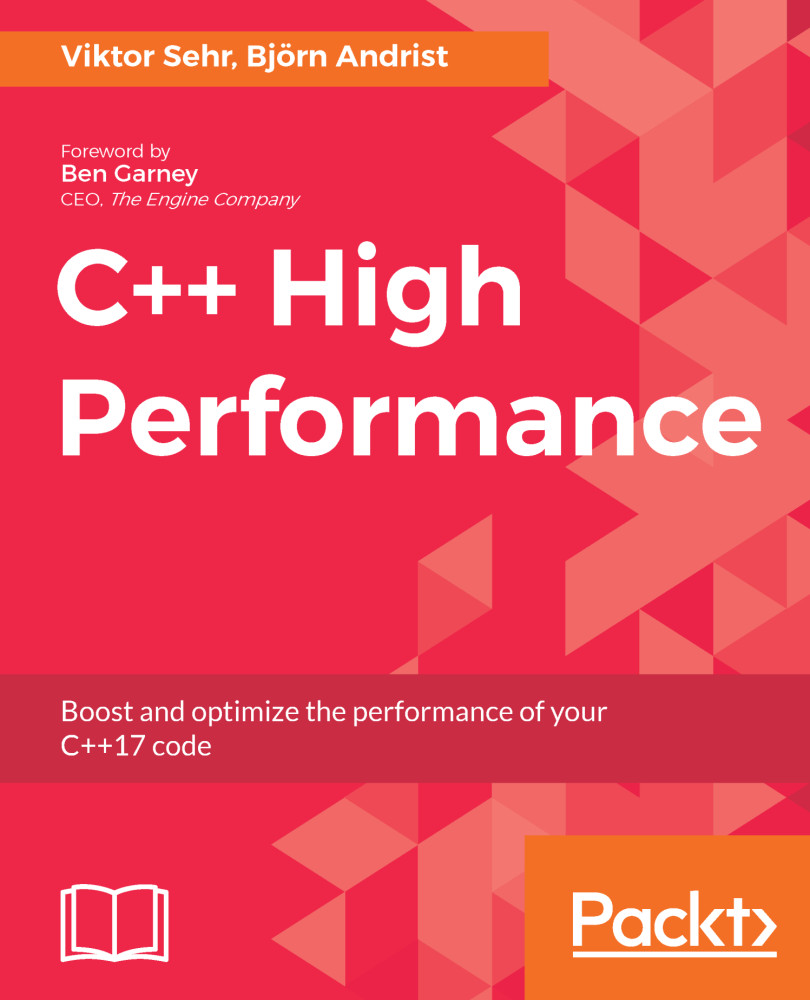Since this is a book about writing C++ code that runs efficiently, we need to cover some basics regarding how to measure software performance and estimate algorithmic efficiency. Most of the topics in this chapter are not specific to C++, and can be used whenever you are facing a problem where performance is an issue.
We are going to learn how to estimate algorithmic efficiency using big O notation. This is essential knowledge when choosing algorithms and data structures from STL. If you are new to big O notation, this part might take some time to grasp. But don't give up! This is a very important topic to grasp in order to understand the rest of the book, and, more importantly to become a performance-aware programmer. If you want a more formal or more practical introduction to these concepts, there are plenty of books and online resources dedicated...



